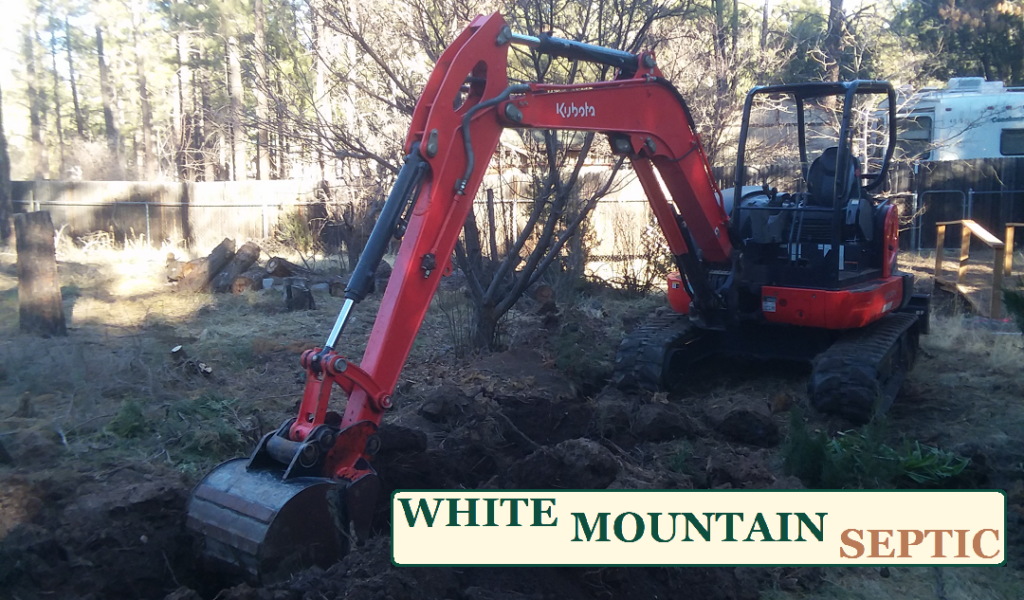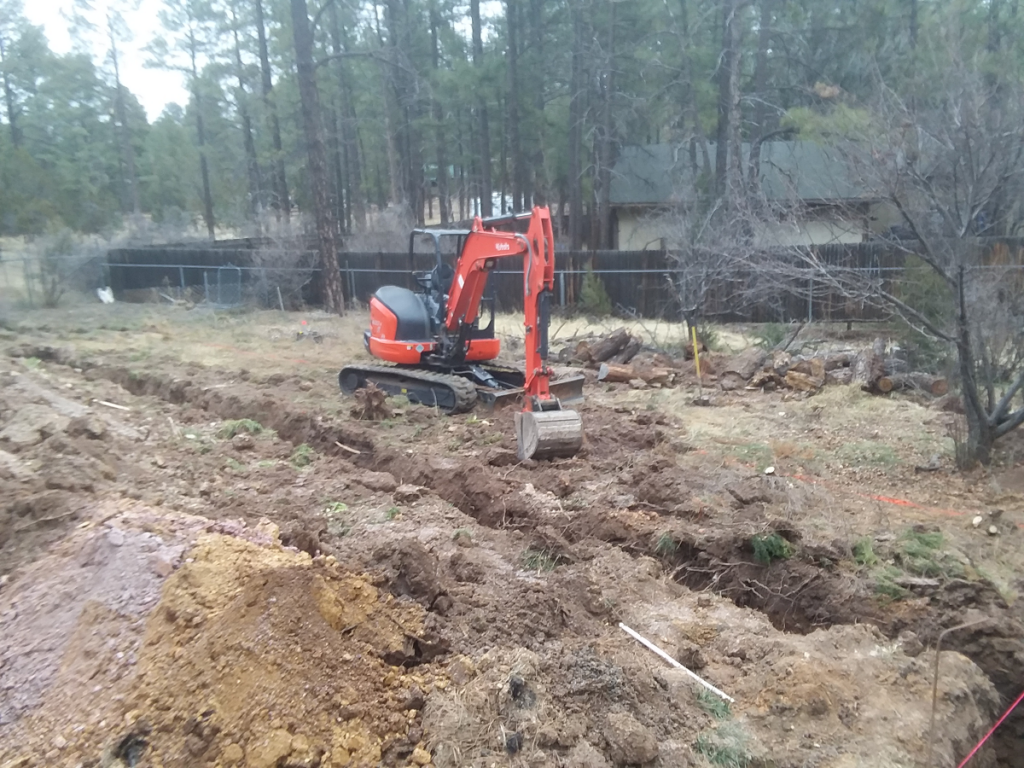| Also known as a leach field, the lines that run out from the septic tank to drain the surface water back into the ground. Depending on how large your septic tank needs to be for your structure will determine the size and complexity of your drain field. Replacing a drain field. |
Replacing an Old Drain Field: Essential Considerations and Steps
| Your septic system plays a crucial role in managing wastewater in your home. And at the heart of this system lies the drain field. Also known as a leach field. |
| Over time, drain fields can become less effective. Due to various factors such as soil saturation, compaction, and root invasion, necessitating their replacement. |
| If you suspect that your drain field is no longer functioning properly. It’s essential to understand the signs, the replacement process, and the considerations involved. |


Signs Your Drain Field Needs Replacement
| Identifying the signs of a failing drain field early can save you time, stress, and money. Some common indicators include: |
| Slow Drains: If you notice that your sinks, tubs, or toilets are draining slowly, it could signal an issue with your drain field. Backups: Frequent backups in your plumbing can be a red flag, indicating that wastewater is not being properly absorbed in the drain field. Pooling Water: Standing water or soggy spots in your yard, especially near the drain field area, can indicate a failure to absorb excess water. Odors: A strong sewage smell around your drain field suggests that wastewater is not being contained. Pointing to a significant issue. Vegetation Changes: A lush area of grass or excessive plant growth around the drain field can indicate that wastewater is surfacing. Rather than being properly filtered underground. |
| If you observe any of these signs. It’s crucial to consult with a septic professional who can assess your system’s condition. Contact White Mountain Septic |

Steps to Replacing an Old Drain Field
| The replacement of a drain field involves several key steps. Each needing expert attention to ensure compliance with local regulations and environmental standards. |
| Assessment: A qualified septic professional will perform an inspection of your existing system. Evaluating the cause of failure and determining the best replacement options for your property. Permitting: Replacement may require permits. So working with local regulatory agencies is essential. Your contractor can assist in this process, ensuring that all necessary paperwork is filled out correctly. Design: A new drain field will need a design that meets local code requirements. Factors such as soil type, drainage patterns, and property size will be important in determining the size and layout of the new field. Excavation: The old drain field will need to be excavated. Which involves digging up the soil where the previous system was installed. This step may also require the removal of any landscaping or structures in the way. Installation: The new drain field system is installed using materials that conform to code standards. This includes pipes, gravel, and other essential components that facilitate proper drainage and filtration of wastewater. Backfilling and Landscaping: Once the new system is in place. The area is backfilled with soil, and any necessary landscaping can be restored. It’s essential to keep the area clear of heavy traffic and large vegetation to ensure the longevity of the new system. Maintenance: After installation. Regular maintenance is crucial for the performance of your new drain field. This includes periodic inspections of your septic system, pumping the tank as needed, and being mindful of what goes down your drains. |

Conclusion
| Replacing an old drain field is not a DIY project |
| It requires expertise, proper planning, and knowledge of local regulations. With the right professional guidance, you can ensure that your new drain field will operate efficiently. Keeping your home’s wastewater management system running smoothly for years to come. |
| Don’t wait for a disaster to happen. If you suspect that your drain field is failing, contact us today to discuss assessment and replacement options. Your property, health, and the environment depend on it. |

